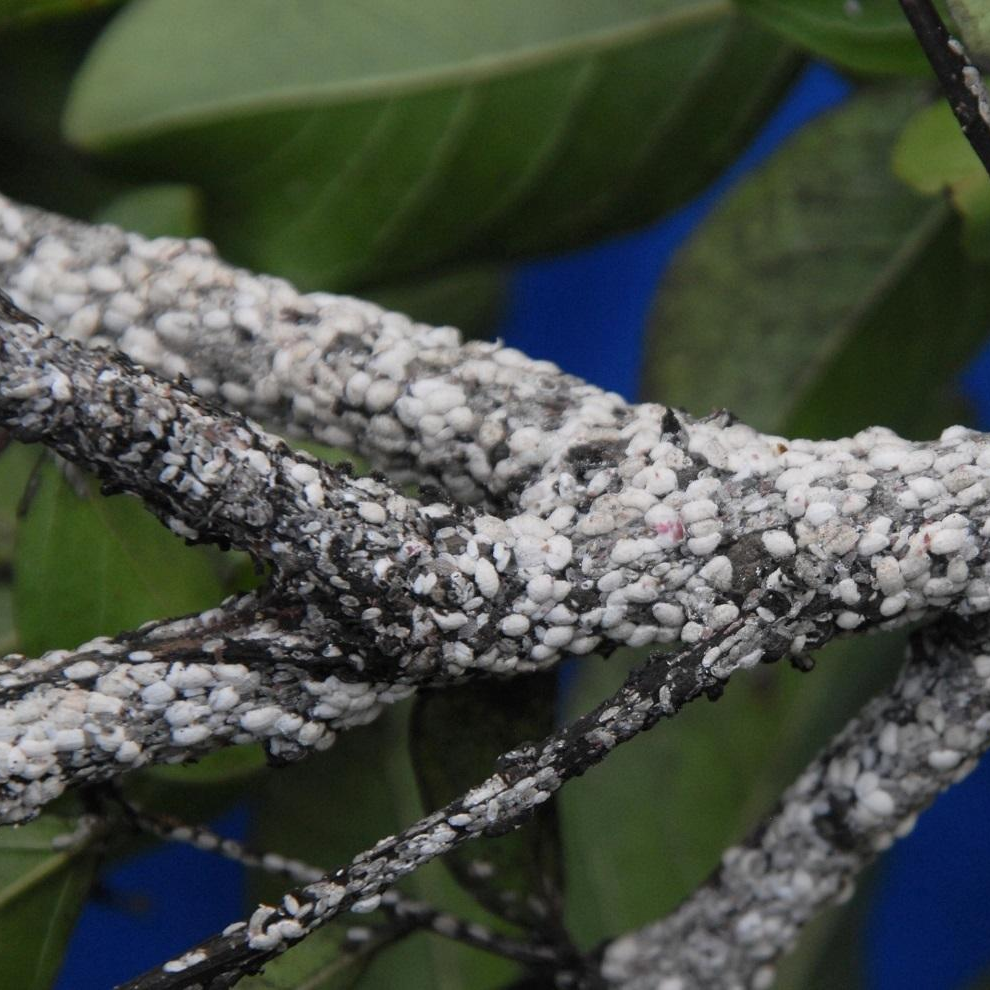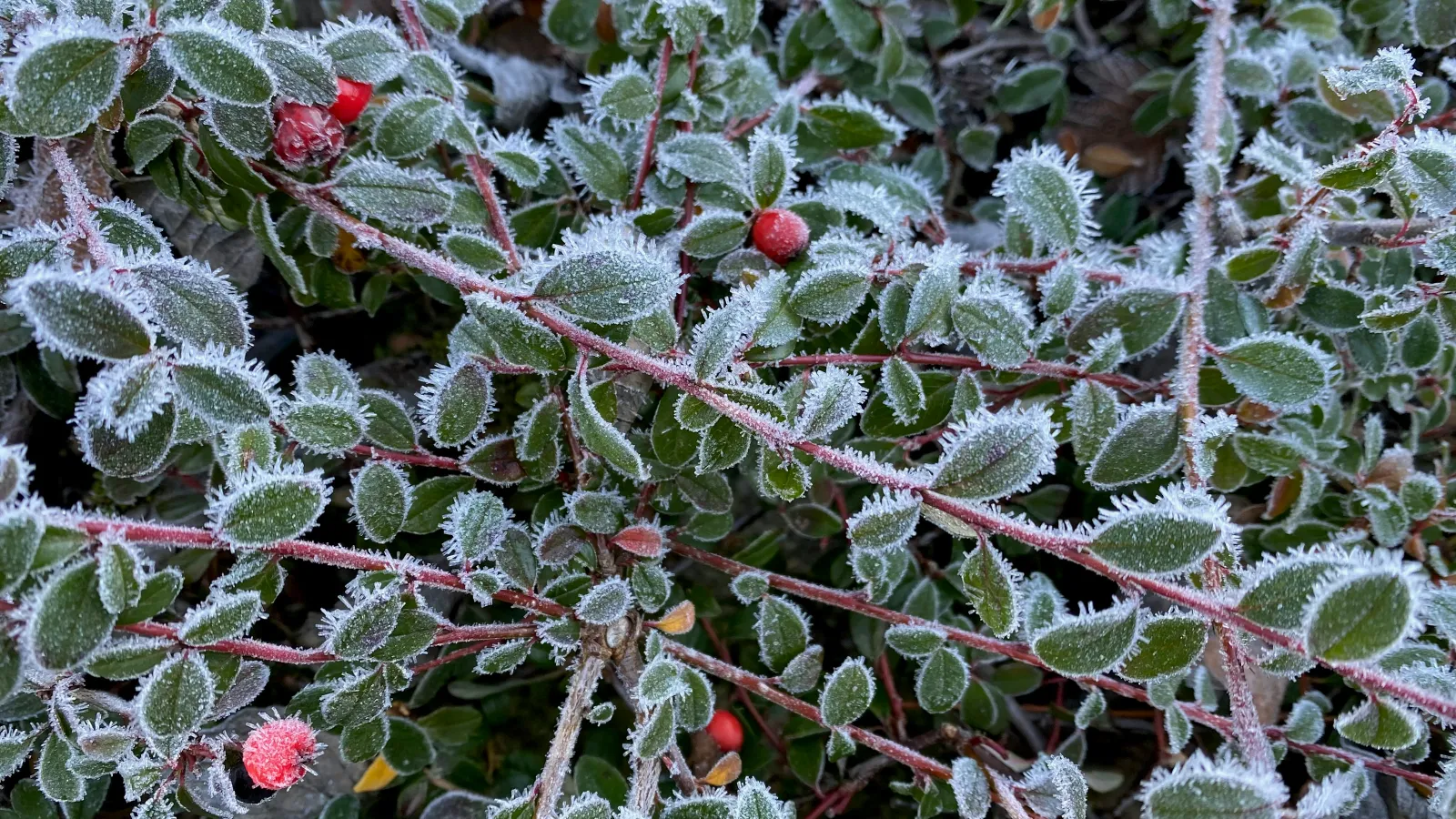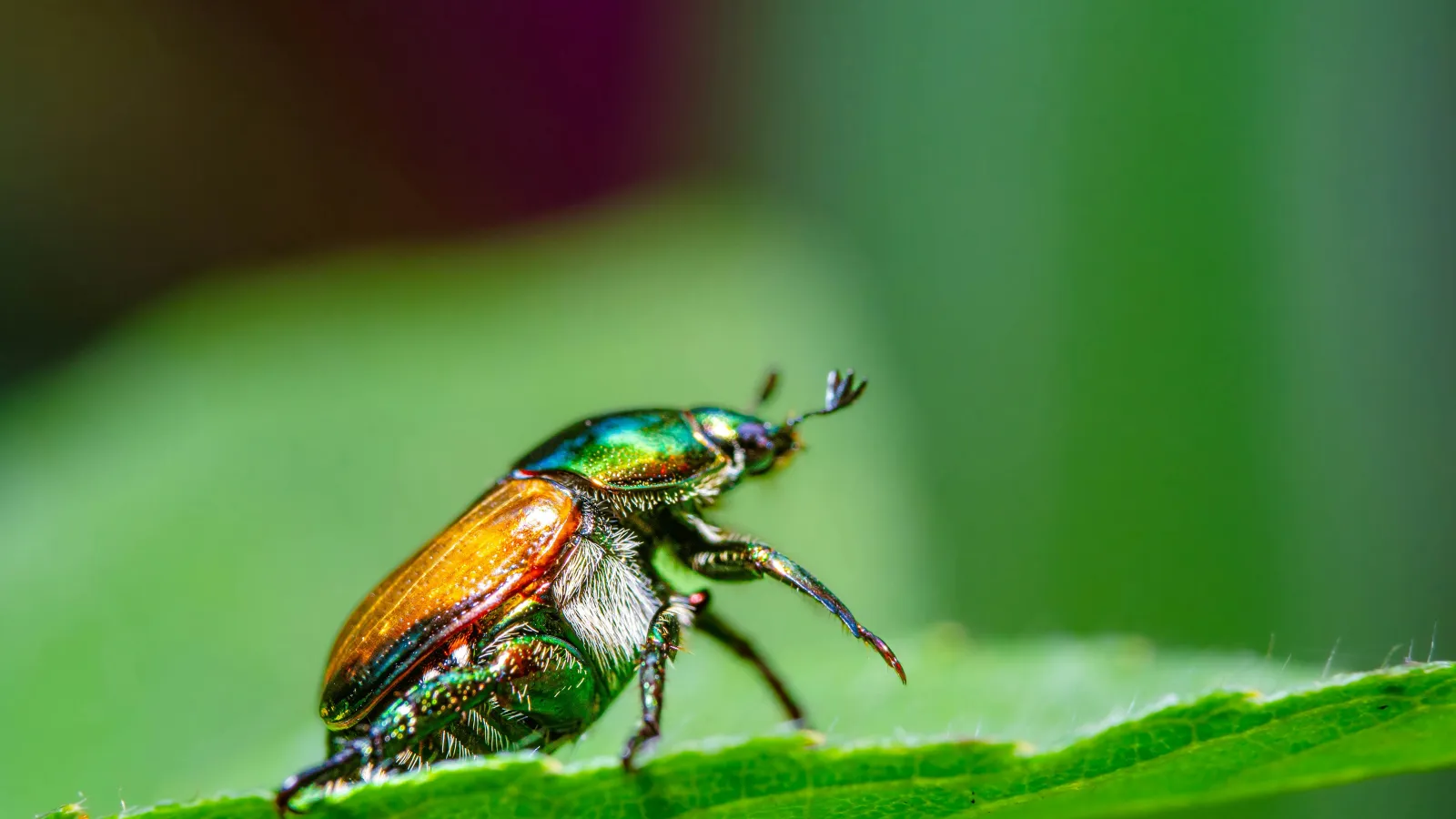Crapemyrtle Bark Scale
If you're in the southeastern United States, you likely are familiar with the crape myrtle. This common tree and bush provide year-round beauty with its showy summer flowers, colorful leaves in the fall, and exfoliating bark in the winter. Crape myrtles are available in various sizes, from 2-foot dwarf varieties to well-established, tall trees. Their flowers range from white to purple to red.
But are you aware of a fairly new threat to these beautiful plants? In 2004, the first sighting of a new pest called crape myrtle bark scale was spotted in Texas. It didn't take long before it moved into other states, including Oklahoma, Arkansas, Louisiana, Mississippi, Georgia, North Carolina, South Carolina, Virginia, and as far north as Washington, D.C.
Non-Native Scale
Crape myrtle bark scale is a non-native type scale. This invasive pest originally came from Asia, but due to the random spread of the crape myrtle bark scale, it's believed they are being transported primarily through infested nursery stock.
Key Points About Crape Myrtle Scale
It can be difficult to manage because their waxy body covering protects them from predators and pesticides.
Species have 2 or 4 generations each year
Considered felt scale (a little different than soft scale)
Felt scales are part of the Eriococcidae family
It's scientific name is Eriococcus lagerstroemia
Resemble mealy bugs

Photo credit: Jim Robbins, Bugwood.org
Identification
Crapemyrtle bark scale has a cottony appearance that's produced by females. This white filament covers their body, making them look more like mealy bugs than scale insects.
Females have a round body and measure ¼ inch with two long filaments at the end of their abdomen. They're slow movers and appear spiky if observed under a microscope.
Males have a more elongated body and lack mouthparts, therefore, they don't live very long.
Crawlers (youngest life stage) are highly mobile and have a pink body that will eventually turn brown
Life Cycle
The tiny but mighty females can produce up to 300 eggs. That's a lot of babies! Once they hatch, the crawlers move until they find the perfect food source. When they find their perfect home, the crawlers will attach themselves to the bark. Next, the scale becomes a female or spins a white sac and molts into pupae and or becomes an adult male. In the southern states, this can happen 2-4 times per year, and all stages are capable of overwintering.
Are you sure it's scale?
Like other scale insects, crape myrtle bark scales use their mouthparts to suck the nutrients from plants and excrete a sticky substance called honeydew that produces sooty mold. Because of this, sometimes the presence of crape myrtle scale is mistaken for an aphid problem. However, if you look closely and see sooty mold and cotton-looking specs on your plant, you most likely have a scale infestation.
Will scale kill my tree?
Fortunately, no. Crapemyrtle bark scale will not kill your tree, but it can reduce the amount and size of the plant's blooms. If infestation continues without treatment, the plant could experience stunted growth and branch dieback, too. Not to mention, the sooty mold that forms on the honeydew secretions makes crape myrtles unattractive.
Control
Without treatment, the scale will not go away. If you only have a small amount, scale insects can be manually removed by scrubbing the plant leaves with soap and water. However, a more heavily infested branch may require pruning and professional treatment to remove the unwanted pests. Remember to remove any infested branches after pruning.
While we're constantly learning more and more about this scale insect, we do know that horticultural oils, part of our Tree & Shrub Program, can help reduce the likelihood of a crape myrtle scale infestation. Trust the professionals at Turf Masters Lawn Care. Contact us today. The Nice Guys are here to help.


